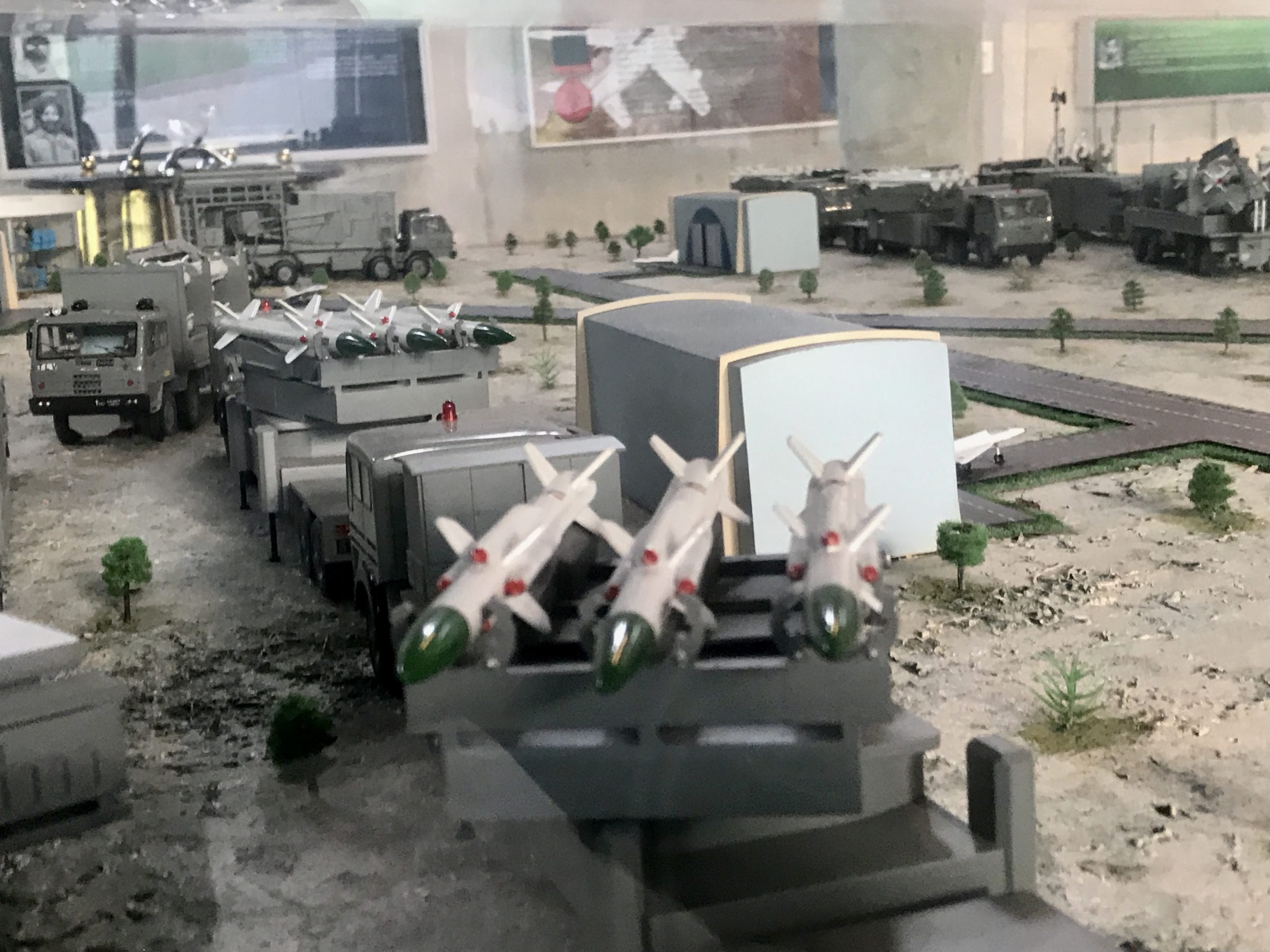
The Indian Air Force boasts an impressive fleet of military aircraft, including but not limited to the Bison, MiG-29, and Su-30 MKI, which play a crucial role in bolstering the nation’s aerial defense capabilities.
One integral component within this aircraft arsenal is the R-73E missile, a short-range air-to-air missile of significant strategic significance. Given India’s increasing commitment to the Atmanirbhar (self-reliance) policy, there is a growing recognition of the need for indigenous production of these missiles. The proposed strategy to achieve this objective involves manufacturing the R-73E missiles using the “Make III” methodology as outlined in Chapter III of the Defense Acquisition Procedure 2020 (DAP 2020).
The R-73E missile holds a pivotal position in India’s air defense strategy due to its exceptional performance. Developed and manufactured by the Russian Tactical Missiles Corporation, this compact air-to-air missile boasts a range of 30 kilometers, with the latest variant, the RVV-MD, extending its reach to 40 kilometers. What sets this missile apart is its ability to engage in aerial combat with robust performance under varying conditions, including electronic countermeasures (ECM).
The versatility of the R-73E missile is evident in its compatibility with a wide range of aircraft, including fighter jets, bombers, and attack aircraft. It is celebrated for its exceptional agility, made possible by an innovative gas/aerodynamic control system that enables thrust vectoring. This advancement empowers the missile to engage targets within off-boresight angles of ± 45 degrees, with line-of-sight rates of up to 60 degrees.
The operational capabilities of the R-73E missile are truly remarkable. It can intercept targets moving at high speeds, reaching up to 2,500 kilometers per hour, and at altitudes ranging from 0.02 to 20 kilometers. With a maximum flight range of 30 kilometers, this missile proves its adaptability and effectiveness in air combat scenarios.
In a real-world demonstration of its efficacy, the R-73 missile’s value was prominently showcased during the tumultuous events of 2019. Wing Commander Abhinandan Varthaman, who had spent almost 60 hours in Pakistan’s custody, successfully returned to Indian territory. Flying a MiG-21 Bison, he skillfully downed a Pakistani F-16 combat aircraft using a short-range R-73 missile in the midst of a fierce aerial dogfight. His daring venture beyond the Line of Control (LoC) effectively deterred Pakistani aircraft attempting to breach Indian airspace.
Despite his MiG-21 sustaining damage and his subsequent capture by the Pakistani military, the successful use of the R-73 missile in engaging an adversary aircraft underscored both the missile’s robust capabilities and the exceptional skill and valor of Indian Air Force pilots.
The proposal to domestically manufacture R-73E missiles, in line with the Atmanirbhar policy, not only reinforces India’s air defense capabilities but also aligns with the broader ethos of Atmanirbhar Bharat, which aims to reduce dependence on foreign sources in missile production. This initiative serves as a crucial step toward self-reliance in the field of missile construction.





